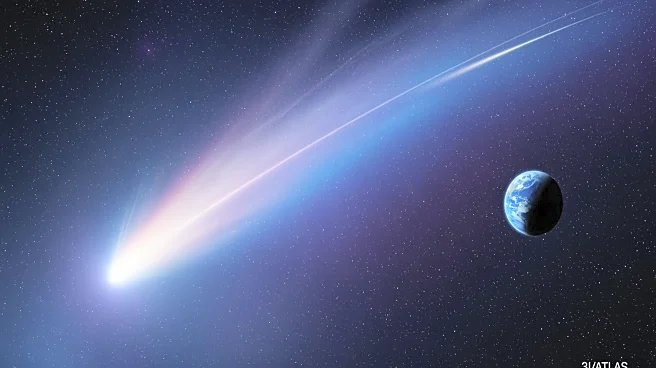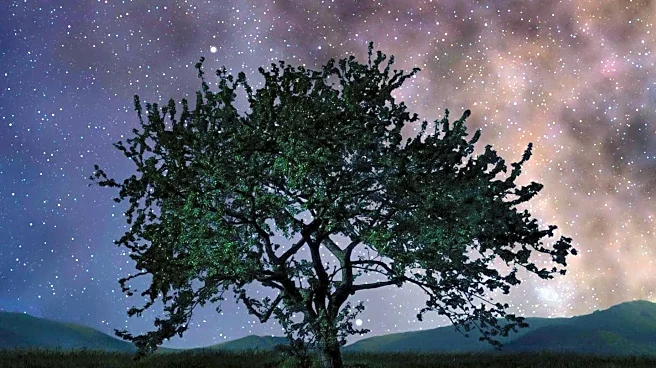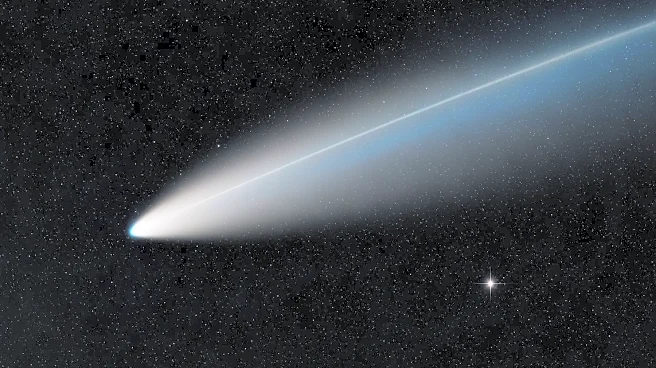What's Happening?
The beaver moon, a supermoon, is set to appear larger and brighter than usual on November 4, 2025. This astronomical event marks the second of three consecutive supermoons in 2025, with the final supermoon, known as the cold moon, scheduled to peak on December
4, 2025. Supermoons occur when the moon is at its closest point to Earth in its orbit, making it appear up to 14% larger and 30% brighter. The cold moon derives its name from the chilly winter season, a term originating from the Mohawk people, as noted by the Old Farmer's Almanac. The average distance between the Earth and the moon is approximately 238,855 miles, but during a supermoon, this distance decreases significantly, enhancing the moon's visual impact.
Why It's Important?
Supermoons offer a unique opportunity for both amateur and professional astronomers to observe the moon's surface features with greater clarity due to its increased brightness and size. This phenomenon also captivates the general public, fostering interest in astronomy and science. The occurrence of supermoons can influence tidal patterns, potentially affecting coastal regions. Additionally, the cultural significance of the cold moon, rooted in Indigenous traditions, highlights the intersection of science and cultural heritage, promoting awareness and appreciation of diverse cultural narratives.
What's Next?
Following the cold moon in December, the next supermoon, known as the wolf moon, is expected to peak on January 3, 2026. This continued sequence of supermoons may lead to increased public engagement with astronomical events, encouraging educational initiatives and community gatherings centered around moon observation. Astronomers and scientists may use these events to further study the moon's impact on Earth, particularly in relation to tidal forces and ecological systems.
Beyond the Headlines
The recurring supermoons of 2025 may inspire discussions on the moon's long-term orbital changes, as NASA notes the moon is gradually moving away from Earth. This shift could have implications for future lunar exploration and the study of Earth's gravitational interactions. The cultural significance of the cold moon also underscores the importance of preserving Indigenous knowledge and traditions, fostering a deeper understanding of how different cultures interpret natural phenomena.














